Spacecraft Information
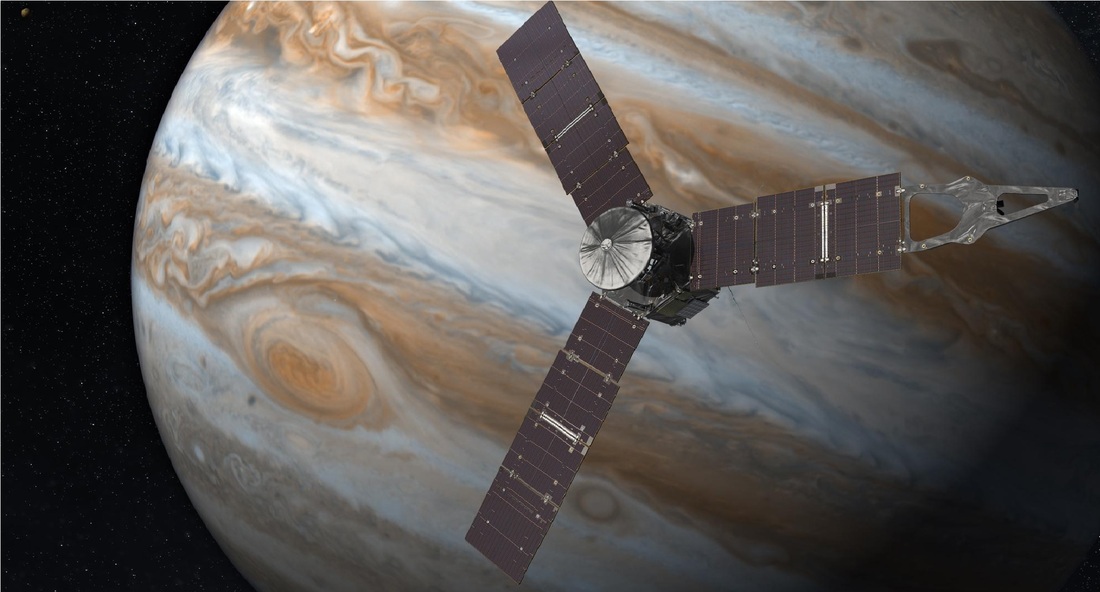
The core of the Juno Spacecraft is 3.5 meters tall and 3.5 meters in diameter. It is hexagonal in shape and features a two-deck structure. The vehicle utilizes composite panel and clip construction for decks, central cylinder and gusset panels. Juno has a liftoff mass of 3,625 Kilograms and is equipped with a variety of subsystems. Juno is a spin-stabilized spacecraft and does not use reaction wheels to maintain its attitude. Spin rates vary from one to five rpm during the different phases of the mission.
Propulsion System
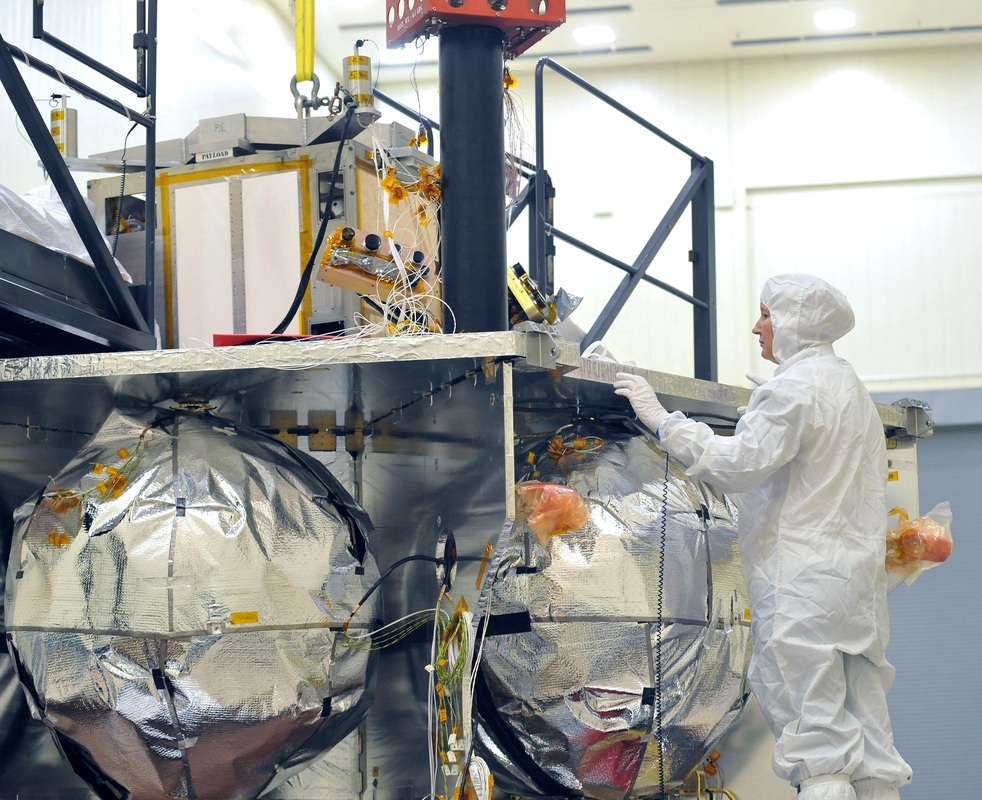
Juno utilizes a weight-saving and redundant approach to spacecraft propulsion with a bi-propellant main propulsion system and a monopropellant Reaction Control System. The main propulsion system uses Hydrazine as fuel and Nitrogen Tetroxide as oxidizer.
The propellant tanks are spherical in shape, surrounded by multilayer insulation and heaters that are activated several weeks before the burns occur to warm the propellants up to nominal temperatures, also ensuring that the transfer lines and tanks do not freeze in the space environment.
Juno is equipped with a single Leros 1b main engine. Leros 1b provides 645 Newtons of thrust and a specific impulse of 318sec. The engine is a coated Columbium Engine. It is fixed to the vehicle and can not be gimbaled for vehicle control. The main engine was manufactured by AMPAC-ISP in Westcott, UK.
A micrometeoroid and debris shield protects the engine when it is not in use. It is removed several days before a burn and is placed back in position after the maneuvers to protect the engine bell. The main propulsion system is only used for the Deep Space Maneuvers, the Jupiter Orbit Insertion Burn, the Period Reduction Maneuver and major Trajectory Correction Maneuvers.
To control is orientation in space and make small trajectory corrections, Juno is outfitted with a total of 12 reaction control system thrusters. The RCS uses Hydrazine for catalytic propulsion. The thrusters are installed on four engine modules and allow three-axis vehicle control. Three engines, one axial and two lateral, are installed on a single module. Two modules are on the forward deck and one on the aft deck.The REM towers are capable of providing medium delta-V and are sufficient for the Deorbit Burn of 75m/s.
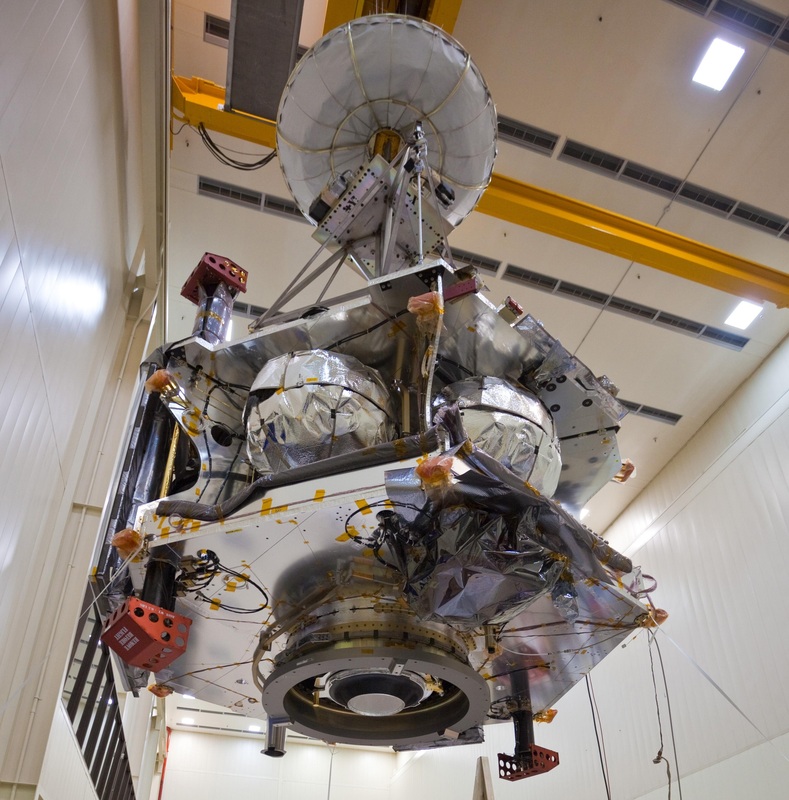
Data System
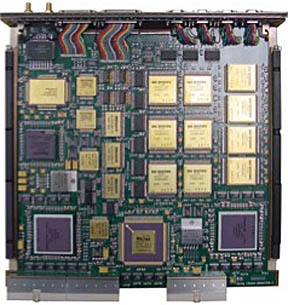
Juno features a data handling system that is based on the RAD750 flight processor with 256 megabytes of flash memory and 128 megabytes of DRAM local memory. RAD750 is a flight processor designed to operate in the strongest radiation environments. It has substantial flight heritage and has already been proving itself on different mission such as NASA’s Mars Science Laboratory. Compared to most computers on Earth, Juno’s processor only features a fraction of their capabilities. But for space applications, electronics have to be able to endure the space radiation environment and provide stability. RAD750 is a single-card computer that was manufactured by BAE Systems in Manassas, Va. The processor can endure radiation doses that are a million times more extreme than what is considered fatal to humans.
Also, RAD750 will not suffer more than one event requiring interventions from Earth over a 15-year period. “The RAD750 card is designed to accommodate all those single event effects and survive them. The ultimate goal is one upset is allowed in 15 years. An upset means an intervention from Earth — one ‘blue screen of death’ in 15 years. We typically have contracts that (specify) that,” said Vic Scuderi BAE Business Manager. The RAD750 processors operate at up to 200 megahertz. With RAD750, Juno can support up to 100Mbps of total instrument throughput which is more than sufficient for the payload suite.
Electronics Vault
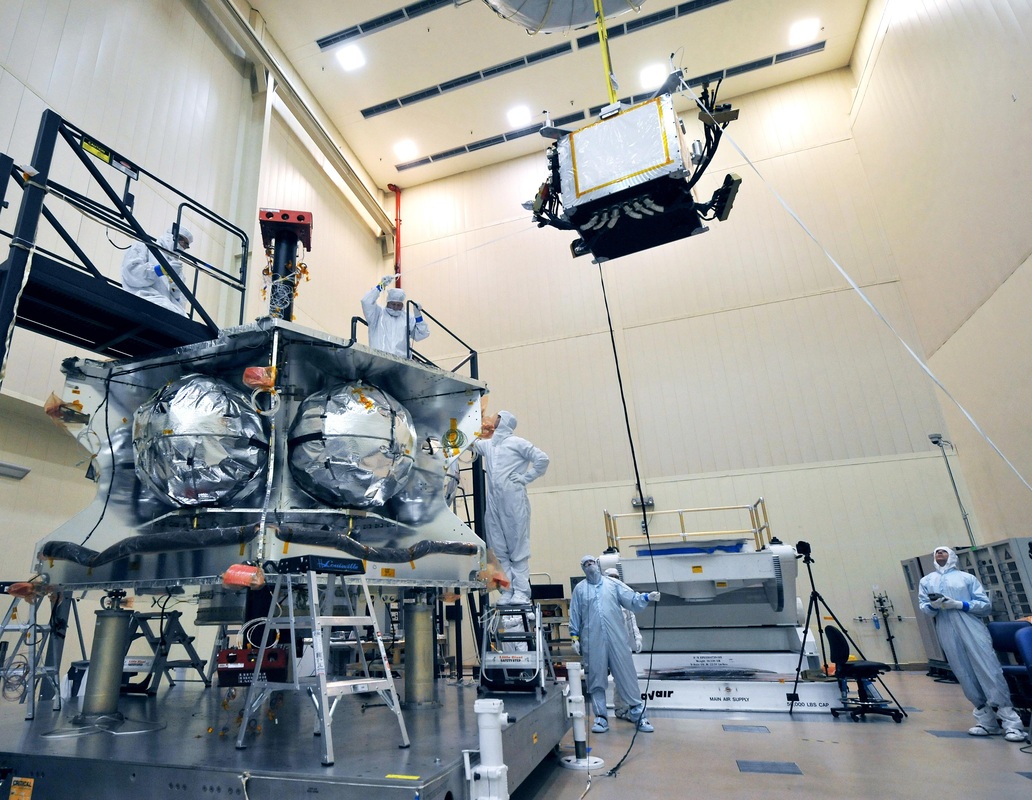
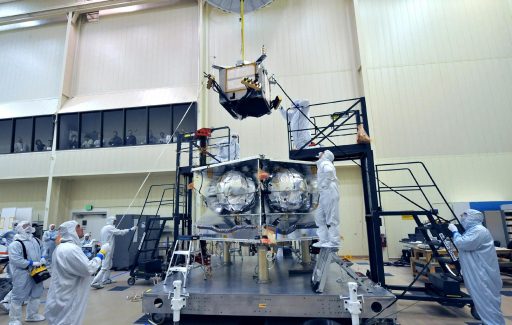
The heart of the Juno Spacecraft is the vehicle’s electronics vault that holds most of the vehicle’s electronics and protects them from the harsh environment Juno has to endure during its Cruise in deep space and especially when flying through Jupiter’s intense radiation belts.
The radiation vault is made of titanium metal with a thickness of one centimeter. The vault weighs 180 Kilograms and limits the radiation exposure of the mission to 25,000 Krad which can be tolerated by the vehicle’s electronics that are qualified for 50,000 Krad to account for any miscalculations of the radiation environment or vault design.
Juno’s top deck is planned to receive a radiation dose of 11 Mrad showing that the vault has a significant shielding effect.
The electronics vault had to withstand extensive thermal testing for the hot case (being near to Earth and the Sun) and the cold case (5.4 Astronomical Units from the Sun when being in Jupiter Orbit).
The vault has design features such as louvers to meet all thermal power requirements. The vault encloses Juno’s command and data handling box, power and data distribution unit and about 20 other electronic assemblies related to vehicle control and instrument operation.
.
Vault Design
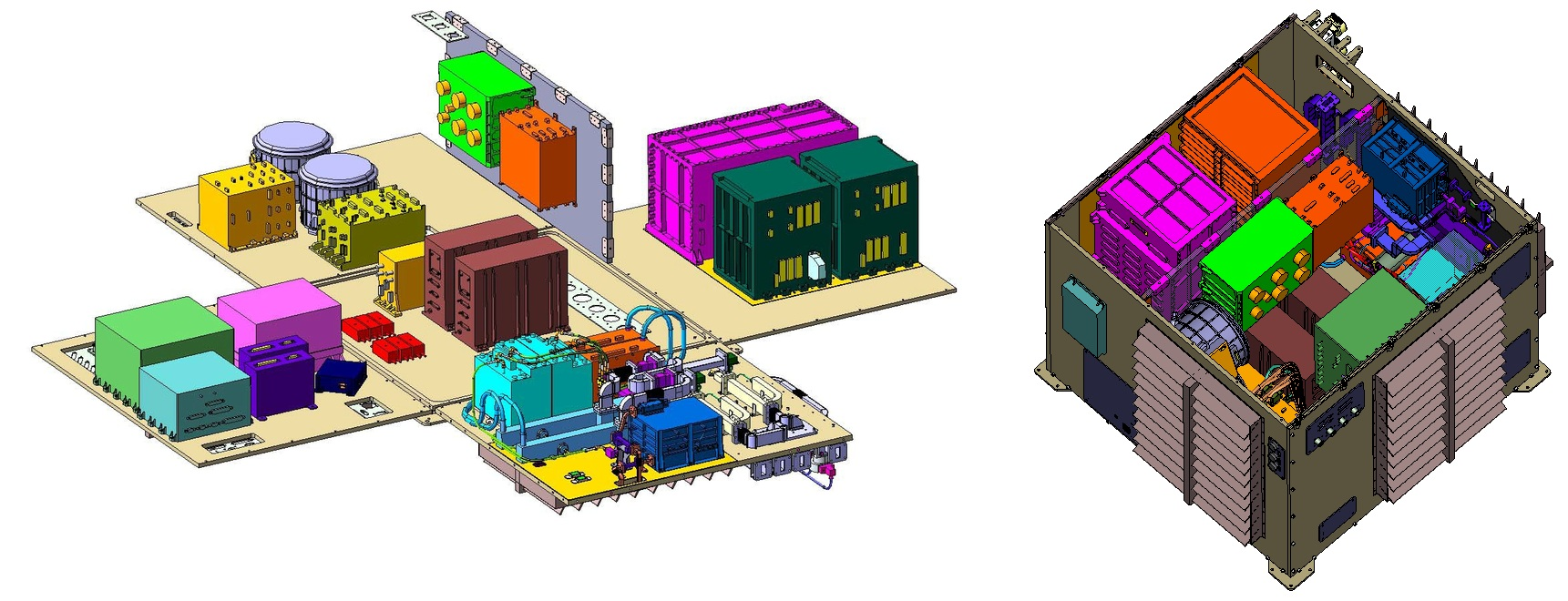
Power System
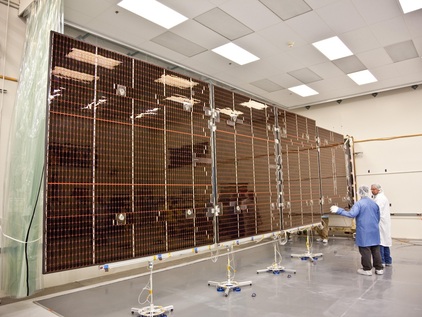
The power generation system of Juno consists of three solar array wings that are placed symmetrically around the spacecraft bus. At Jupiter, Juno receives about 25 times less Sunlight than we do on Earth. It is the first solar array-powered spacecraft to go this deep into space. Juno benefits from advances in solar cell design with modern cells that are 50 percent more efficient and radiation-tolerant than silicon cells available for space missions 20 years ago. Juno’s three solar arrays are 2.9 meters wide and 8.9 meters long, and consist of 11 individual solar panels – one arrays features the Magnetometer Boom instead of an eleventh solar panel. One of the three arrays is only 2.091 meters wide due to launch vehicle limitations.
With solar arrays deployed, Juno’s span is about 20 meters. Juno has a low, medium and high string of solar arrays that are activated as the vehicle increases its distance to the sun. Juno can tolerate solar cell failures which are expected when going through Jupiter’s radiation belts and failures have been calculated so that the power system has a fairly large margin.
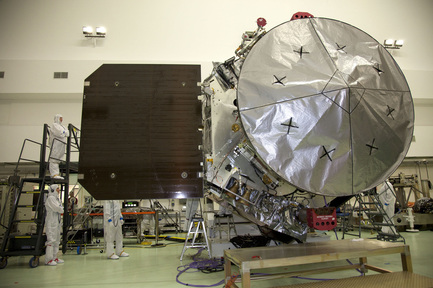
On average, the solar arrays produce about 460 to 490 watts of power when the vehicle arrives at Jupiter. End of mission power is planned to be 420 watts. The individual solar arrays can be articulated by a small amount in flight to control the vehicle’s center of gravity which is important to vehicle control and stability. When making engine burns, Juno consumes fuel which changes the spacecraft’s mass properties which are balanced out by adjusting the solar array position. Two 55 amp/hour lithium-ion batteries are used to store electrical power that is used when the spacecraft is in eclipse or its solar arrays are off-sun. For the duration of its mission, except for 10 minutes of eclipse during the Earth Flyby, Juno will be in daylight. The electrical power subsystem manages the vehicle’s power bus and distribution to payloads and instruments. A central power distribution and drive unit monitors the power that is generated by the solar arrays, distributes it to instruments, heaters and experiment sensors as well as batteries that are charged when excess power is available.
Thermal Control System
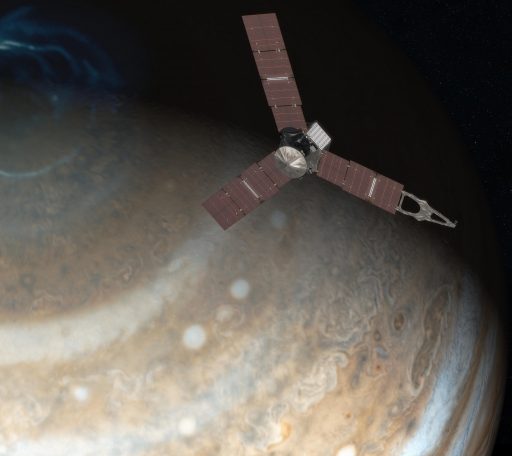
Due to its mission design, being in daylight most of the time, Juno is not facing the sudden temperature changes Low-Earth Orbiting satellites are experiencing when passing from day into night, but Juno is venturing out into deep space where warming sun radiation is limited. The electronics vault of the vehicle is insulated and has heaters and louvers to keep the electronics of the vehicle in a stable environment that meets the requirements of all components inside the vault. The propulsion system also features passive and active thermal control systems.
When being close to the Sun, Juno has to be protected from overheating. That is accomplished by pointing the High-Gain Antenna at the Sun. The large HGA covers almost the entire spacecraft bus so that the electronics vault and deck instruments are protected. Science instruments mounted on the outside of the vault have individual thermal requirements that are met by different insulations and heater assemblies.
Communications System
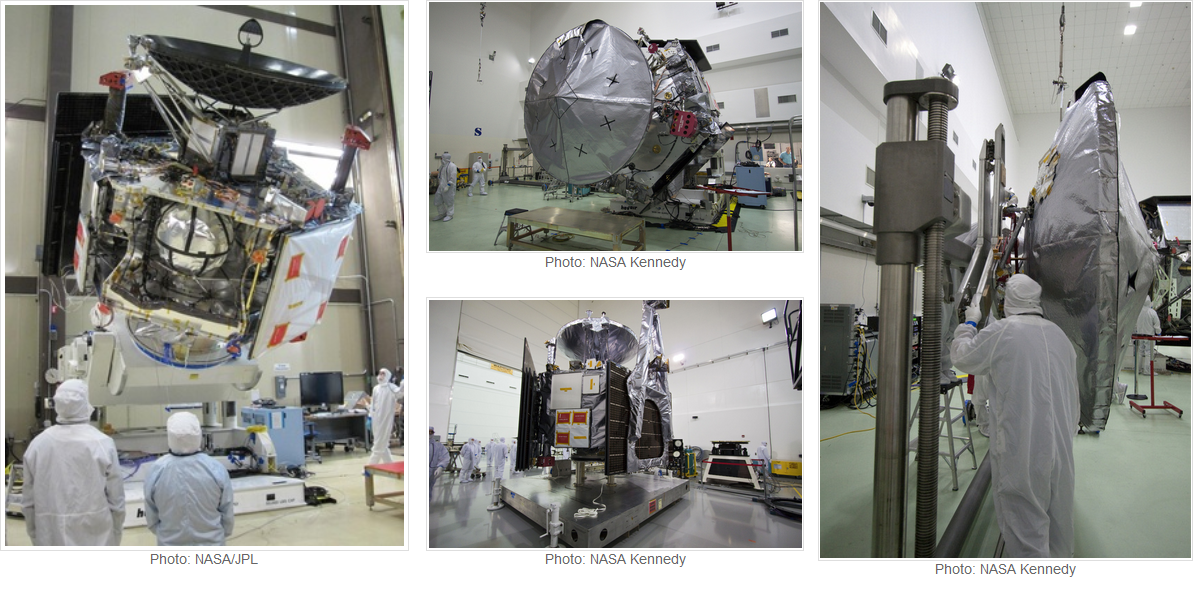
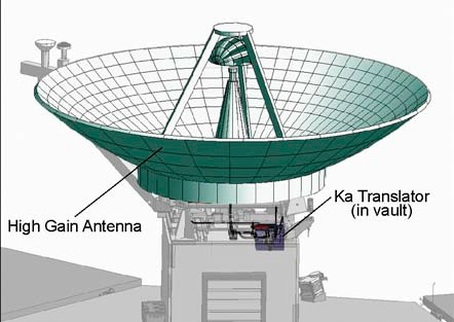
Juno’s Communication System works as both, a science instrument and communication subsystem. The High Gain Antenna of the spacecraft supports X-Band communications with Earth for command uplink and science data & telemetry downlink. The subsystem also provides for dual-band (X- and Ka-band) Doppler tracking for gravity science at Jupiter.
Communications with Juno are accomplished by NASA’s Deep Space Network Stations. Juno also has low and medium gain communications system to provide continuous communications, even when the HGA is not pointing towards Earth which is the case when being close to the sun and during maneuvers. Juno has a fore medium gain antenna and a fore low gain antenna as well as an aft low gain antenna and a toroid LGA. Via its low gain antennas, Juno sends Tone signals which are 10-second, extremely low bandwidth data signals.
MFSK tones, or semaphores, are basic vehicle status messages. There is a library of 256 tones that includes such for the completion of major mission events. For successful completion of an event, one positive tone is reserved and when an operation is not completed, the negative version is sent.
On Earth, these tones can be translated into vehicle statuses that enable engineers to follow the vehicle’s progress without a direct telemetry link. Tones for Juno are available throughout Cruise, however is is not expected that those will be used often. During Jupiter Orbit insertion, tones are the only available communications opportunity since the HGA will not be pointing at Earth at that point.
